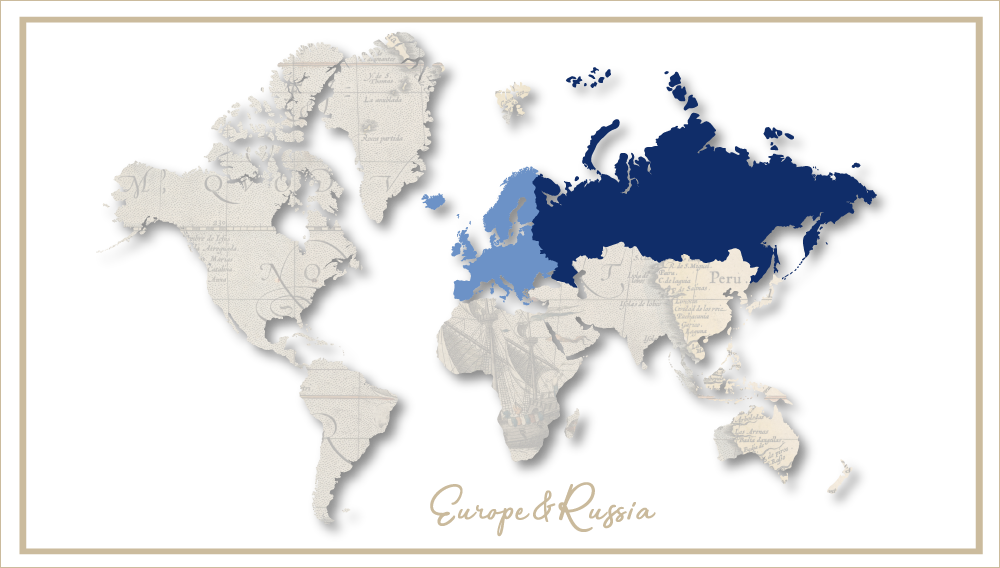How to stem the erosion of the beer category? Sell a Radler.
It's kind of funny that a beverage that is basically a simple beer mix and was already invented over 90 years ago by a Munich publican, is finally becoming an international phenomenon. Radlers or shandies have proven very popular in several central European markets like Hungary, Austria, Croatia and Slovakia, where they have captured between 3 and 6 percent of the beer market. In the Czech Republic Radlers have instilled some vigour into the languishing beer market category. Same in Poland, where Radlers were introduced last summer to offset a sluggish market.
Judging from what they say, SABMiller and Heineken have set high hopes for these products. In fact, in November 2012, Heineken's Alexis Nasard boasted to analysts that "Radler is one of the examples of a global innovation that we do on local brands. It's been executed in 13 markets last year, in eight markets this year and a lot more next year and we aim for it to be a global initiative by the end of 2013 almost entirely. Radler is a great initiative because it's value enhancing, we sell it at a premium. It is also creating new drinking occasions in beer, because there are lots of instances where people are not sure they want to drink a beer. [...] It is refreshing, it is less alcohol, it is 2% [abv], it is more accessible to many people who don't really like the bitterness of beer. So it's gathering new consumers and new consumption opportunities and it's been a success so far."
Mr Nasard said it all: Radlers are easy to make; they already come in all kinds of flavours – lemon, cherry, elderflower, pink grapefruit, blackcurrant, to name but few; they are usually sold at a higher price than beer and they allow brewers to reach target groups that would not touch a beer.
Brewers' keenness to launch Radlers is fed by two realisations. Beer consumption in Europe is declining. Many youngsters will drink anything but beer. Thus, marketing Radlers may be the only way to prevent them from defecting to other drinks. This may be a defensive move, but so what. At the same time, brewers can use Radlers pro-actively to tap into the growing number of middle class consumers in emerging markets, who want to be tempted with new products that are easy-to-grasp yet prestigious.
In effect, Radlers can help brewers stem consumers' migration to other drinks, such as energy drinks or cocktails, while taking them gently back into the beer fold. Although it's a disputed issue among brewers if Radlers should taste of beer or not – the pro-camp usually argues that it is an alcoholic beverage and therefore should taste of beer – the fact is that consumers enjoy Radlers for all kinds of reasons: because they are refreshing, lower-in alcohol, as well as fruity and sweet in taste (a boon with women).
Radlers may have been around Germany like forever, but the beauty is that Radlers are still not a well-defined category. There is no dogma. That's why no one knows or really cares if a Radler should be made with a lemon pop or lemon juice. Radlers are a free-for-all category. Anything goes.
Obviously, major brewers have no problem launching Radlers into markets wherever they deem them suitable, thanks to their greater marketing clout. But Radlers can benefit smaller brewers too, provided they understand that some flavours may have a short lifespan. However, with risks and investments being manageable, should a flavour bomb one year, brewers can always try out a new one the following year.


